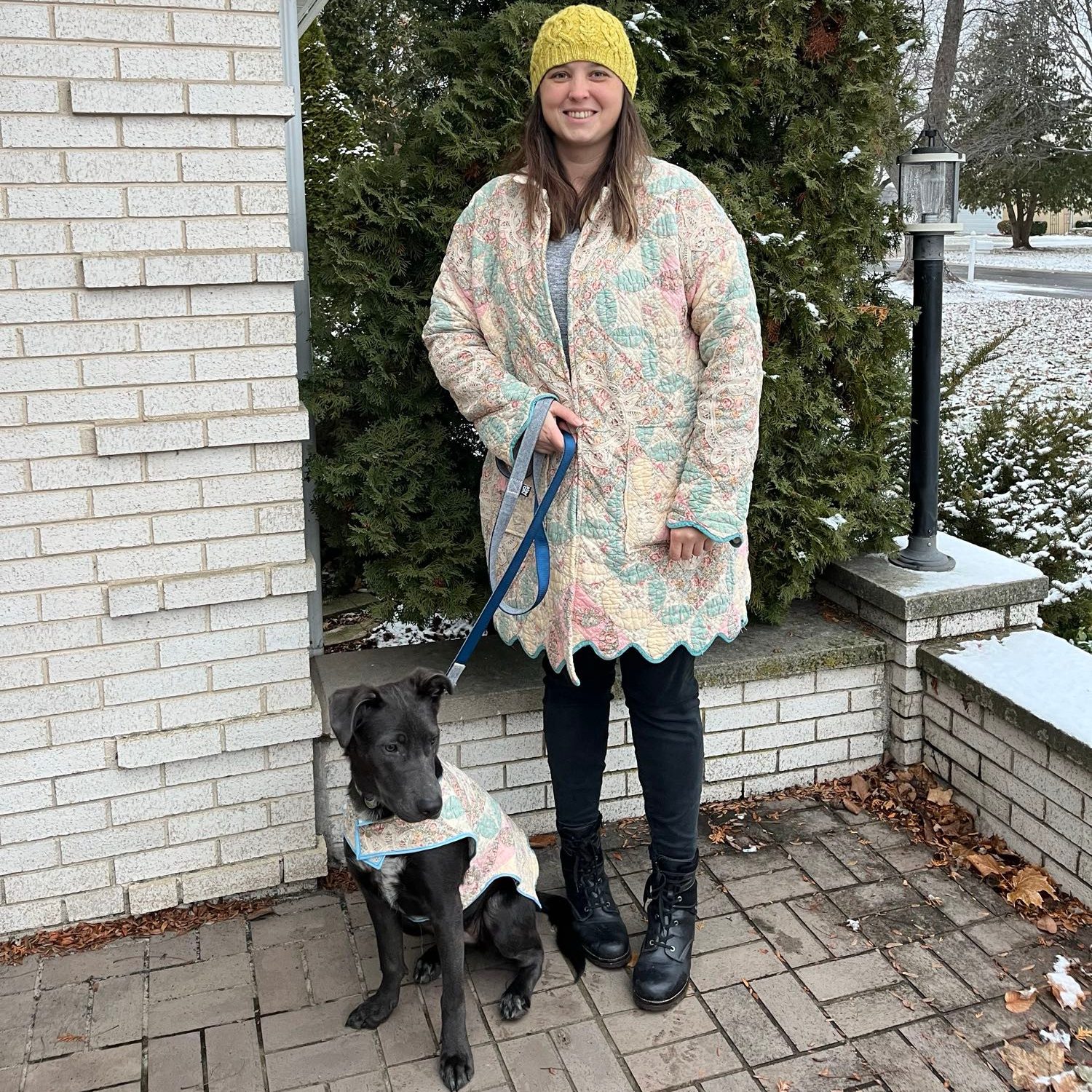Voyant
Voyant is a tool for distant reading. It helps us identify patterns within a text or set of texts (corpus). Today, we’ll use it to take a birds-eye view of how people view communities in the region. Remember that as a quantitative method, distant reading generally asks us to formulate a hypothesis about what we might find when we analyze our texts. So what similarities and differences might you expect about the texts you’ve chosen? You can compare across geography (St. Louis vs. Edwardsville, for instance) or across chronology (St. Louis in 1860 vs. St. Louis today) or some combination thereof.
- Choose at least two texts to compare. You can choose from encyclopedia entries in this Google Drive folder, and/or you can use Wikipedia articles (current or older versions).
- Skim at least one of them and develop a hypothesis about what you might find when you compare your texts.
- Input the two texts as a corpus and choose a visualization with which to test your hypothesis.
- Write a blog post describing your texts, question, hypothesis, and results.
Palladio
Palladio is a tool for visualizing and exploring data through maps, network charts, and categories. We’re going to begin by creating our own data set of immigration and migration data using the 1900 Census.
- Working in a group, choose a census from this folder and add at least three lines apiece to the spreadsheet. (If you get stuck on handwriting, let me know and we can look at it together.
- Together, we’ll put the data into Palladio and see what patterns emerge.
